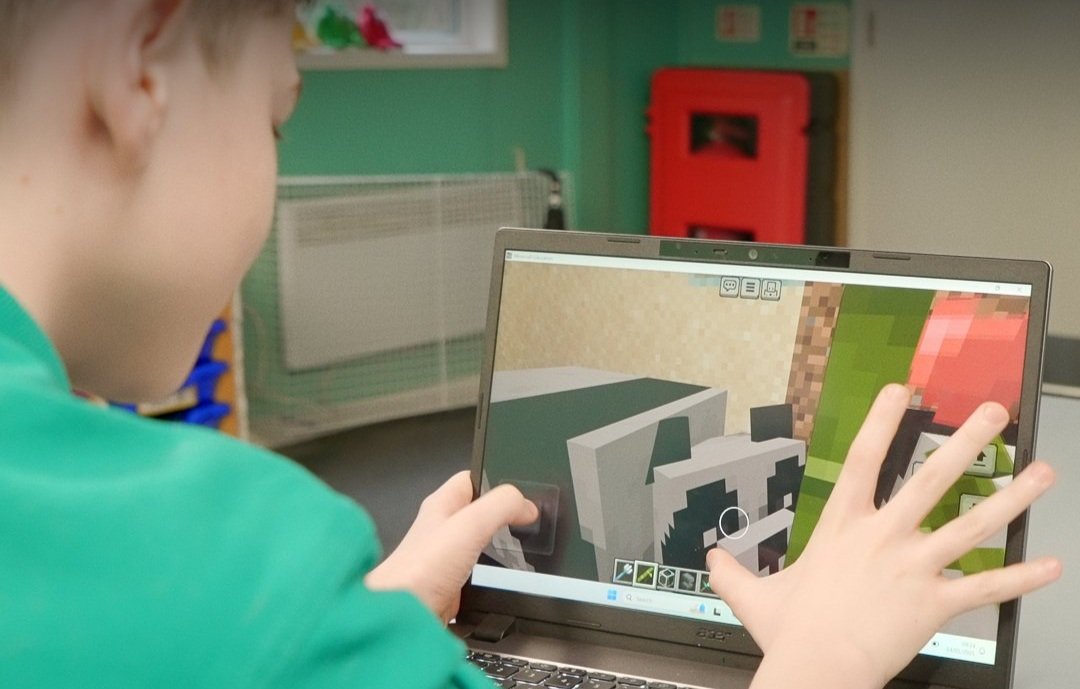Tokyo University of Science researchers enhance ising machine scalability for advanced optimization problems
Researchers at Tokyo University of Science have developed a new approach to enhance the scalability of Ising machines, computing systems designed to solve complex optimization problems.
Led by Professor Takayuki Kawahara, the research team introduced a matrix-folding technique that reduces the number of required spin–spin interactions, addressing a common scalability issue in Ising machines. Their findings were published in IEEE Access on October 1, 2024.
Ising machines, based on magnetic spin principles, solve optimization problems by arranging spins to minimize system energy. This system allows solutions to large-scale challenges in fields such as scheduling, logistics, and route planning. However, fully connected Ising machines face limitations in scalability due to the extensive circuit footprint needed for each spin to interact with others.
In their study, Kawahara's team developed a method to halve these interactions by dividing the interaction matrix into four sections and halving each section individually. They then rearranged the matrix into a rectangular shape to reduce physical complexity. This approach improves upon previous matrix-folding methods by further enhancing scalability.
The researchers implemented the technique on a custom circuit containing 16 field-programmable gate arrays (FPGAs). This setup allowed them to achieve 384 spins on only eight FPGA chips, enabling the creation of two independent, fully connected Ising machines on one board. These machines successfully solved two classic combinatorial optimization problems: the max-cut problem and the four-color problem. Professor Kawahara noted the substantial performance improvement, stating:
“We found that the performance ratio of two independent 384-spin fully coupled Ising machines was about 400 times better than simulating one Ising machine on a regular Core i7-4790 CPU to solve the two problems sequentially.”
The research team suggests that these advancements in Ising machine technology could lead to broader applications. Potential uses include molecular simulations, which could support drug and materials discovery, as well as optimizing data center efficiency and power grid operations, which align with global sustainability goals in reducing the carbon footprint of emerging technologies.
Professor Kawahara summarized the impact of their approach: “Using the proposed approach, we were able to implement 384 spins on only eight FPGA chips. In other words, two independent and fully connected Ising machines could be implemented on the same board.”





















